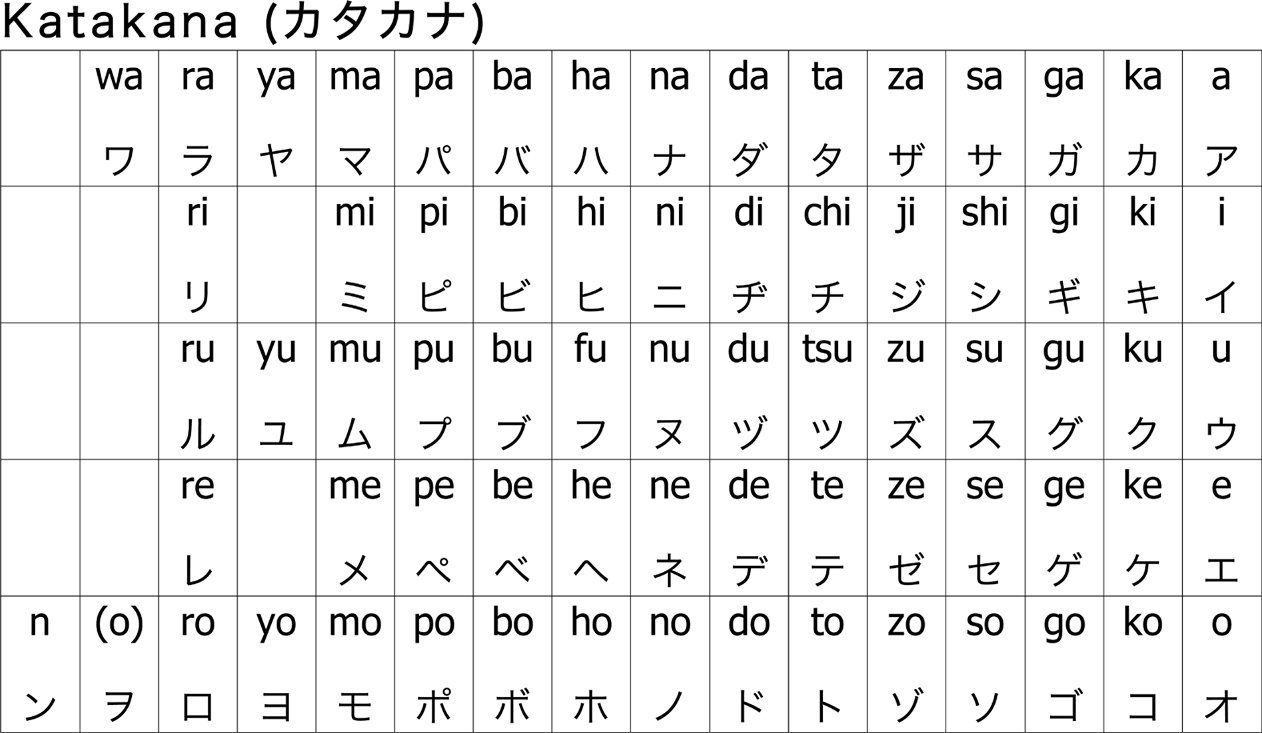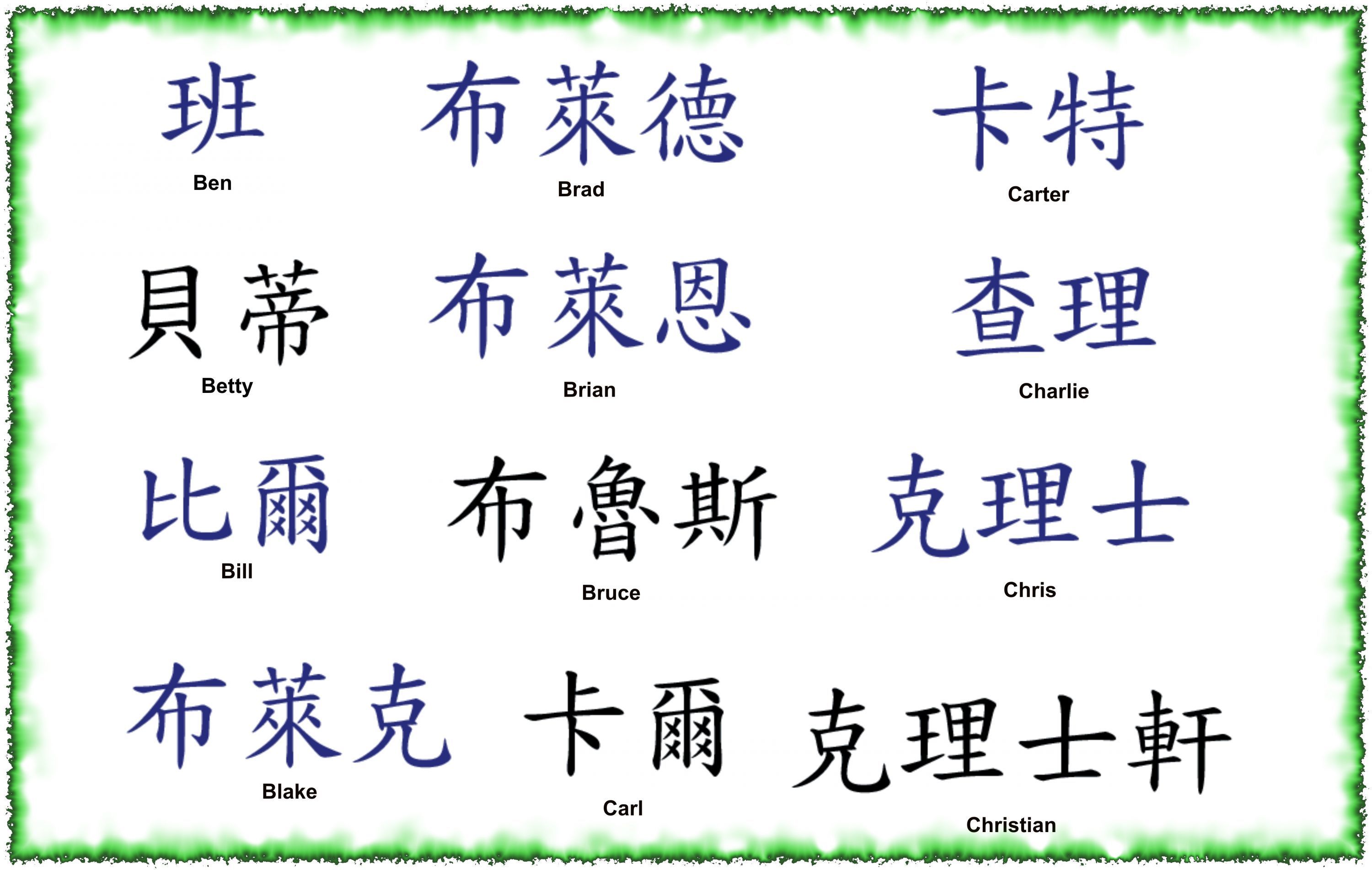

Consequently, the Japanese language started to use kana as a supplement to kanji. Also, the invention of kana letters in particular enabled writing of grammatical elements which are present in the Japanese language.

As a result of their notable attempts, two syllabaries of hiragana and katakana, known as kana, were invented in the 9th century. Therefore, over centuries the Japanese placed a particular attention on making their writing more uniquely Japanese. As much as the Japanese tried to bend and borrow from Chinese, it could not fittingly cater to the uniqueness of this language!Ĭonfusion arising from the use of Chinese characters for the purpose of Japanese language is therefore obvious. Therefore, considering the adoption of Chinese characters, we can imagine that the use of Chinese characters not only proved a challenge to the spelling out of words in Japanese, but also writing grammatical elements that featured in the Japanese language was quite insurmountable. Moreover, Japanese is a highly inflected language while Chinese is unsuitable for inflections. For example, the Chinese character for mother 母 is pronounced in Chinese as ‘ BO’, but in Japanese as ‘ haha’. The complexity and the lack of transparency in adopting Chinese characters arises from the fact that Chinese and Japanese languages differ in terms of lexicon and pronunciation, among other factors. Some other Chinese characters were utilised for their sound only, to signify totally different meanings of words in Japanese. In practice, many Chinese characters were borrowed to represent words in Japanese. The process of the adoption of Chinese characters was not an easy one. Because of this, Chinese characters have become an inevitable part of Japan’s linguistic culture, persisting until today. It was an important first step towards the presentation of Japanese language in the written form. Chinese characters began to be used in the first attempt to write down Japanese words. When Chinese characters were introduced to Japan, Japanese language was only yet a spoken language. One of the most distinctive features of a single Chinese character is that it can convey its own meaning. Chinese characters are ideograms developed for writing of Chinese.

The word kanji means literally: ‘ symbols from Han China’. The origin of the Japanese writing system dates around the third or fourth century when Chinese characters, known as 漢字 kanji, were first brought to Japan. This is a key aspect that allows us to understand the uniqueness of contemporary Japanese writing system and grasp the complexity that comes with it. However, Japan has moved beyond simple adoption of Chinese characters to construe its own writing system. At first sight, the Japanese writing system appears to be influenced by Chinese characters.


 0 kommentar(er)
0 kommentar(er)
